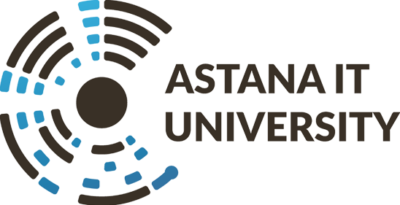This course provides an in-depth study of the fundamental concepts and principles in communications and computer networking. The course examines the technical, design, and management issues related to enterprise computer networking. Students will have deep knowledge and understanding of networking concepts, protocols design, and popular network technologies. Topics covered include network design and architectures, telecommunications and networking standards, approaches to scaling services, virtualization, redundancy, network security and management, data center design, hosting and cloud services, and emerging technologies and trends. The course also covers server architectures, cluster computing, grid computing, storage area networks and network attached storage, and data center design and implementation.

